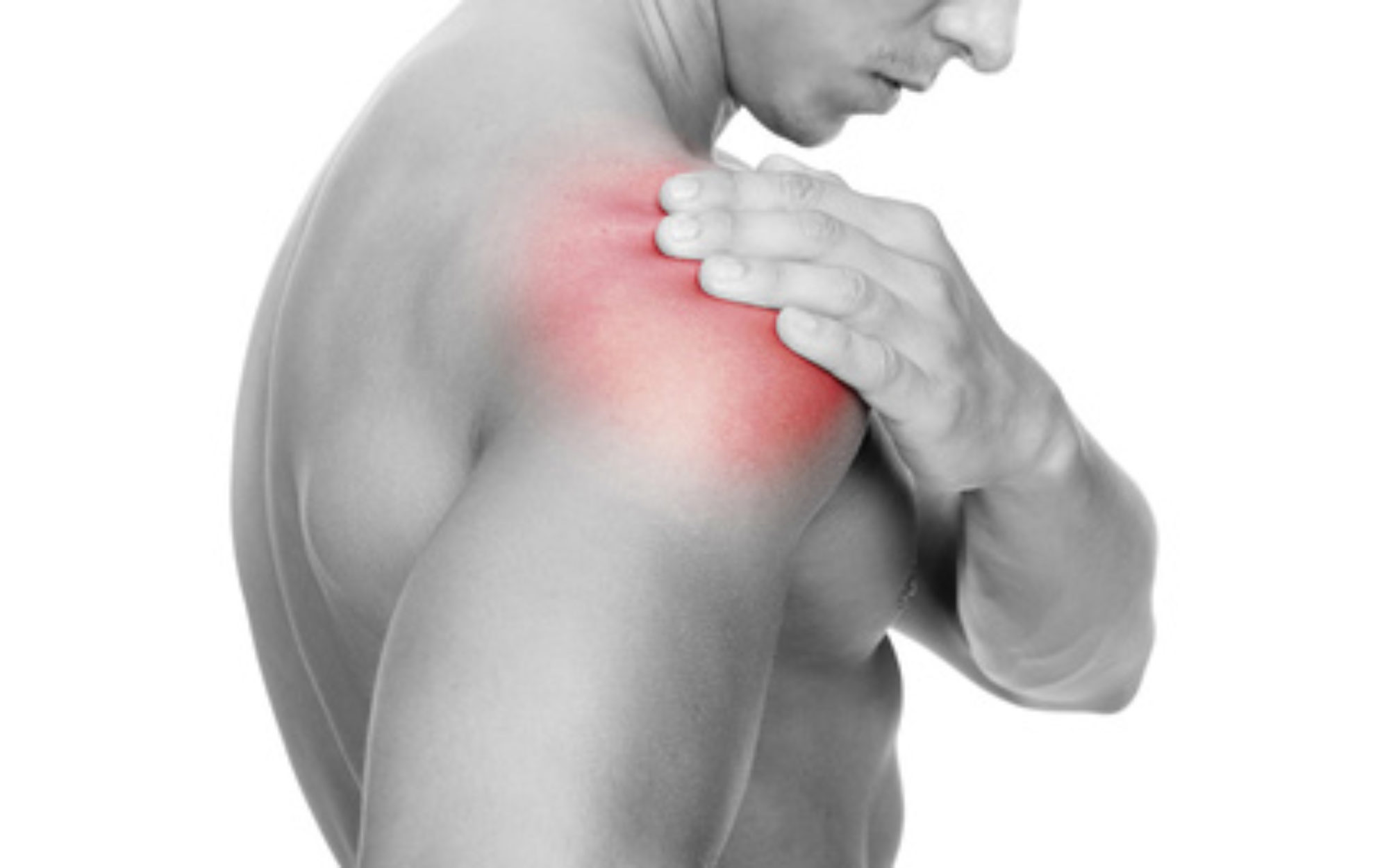There are two types of cartilage in the knee: meniscus and articular. One type of cartilage is the meniscus. The knee has a medial meniscus and a lateral meniscus which together are called menisci. Menisci are semi lunar wedges that sit between the femur (thigh bone) and tibia (shin bone). The menisci are primarily composed of fibrocartilage, with about 75% of the dry weight being type I collagen. The function of the menisci is to protect the other type of cartilage in the knee—the articular cartilage.
The articular cartilage is a layer of hyaline cartilage that covers the end of bones that articulate with other bones. In the knee there is articular cartilage on the end of the femur (femoral condyles), the top of the tibia (tibial plateau) and the back of the knee cap (patella). The articular cartilage has a frictional coefficient approximately 1/5 of ice on ice—i.e. rubbing articular cartilage on articular cartilage would be 5x smoother than rubbing ice on ice. This allows for a very smooth gliding surface. A large portion of articular cartilage is fluid, which provides significant resistance to compressive forces.
During athletic trauma or injury, focal areas of the articular cartilage can be damaged or torn. This is referred to as an articular cartilage lesion (Figure 1). When this happens, the articular cartilage loses its normal smooth gliding articulation and the ability to resist compressive forces at the joint. These changes can cause pain, swelling, loss of motion, weakness and reduced function or performance.
One option for treating articular cartilage lesions is a microfracture procedure. When performing a microfracture procedure, the surgeon will start by debriding any frayed tissue or flaps at the margin of the lesion (Figure 2). After this, the calcified chondral layer is debrided to expose the underlying subchondral bone (Figure 3). Removing this layer allows the surgeon to pick holes into the subchondral bone with an awl. By picking holes in the subchondral bone, blood and fat droplets are given a pathway to flow into the defect or lesion. This develops in to a mesenchymal clot, which will mature and form in to fibrocartilage .


